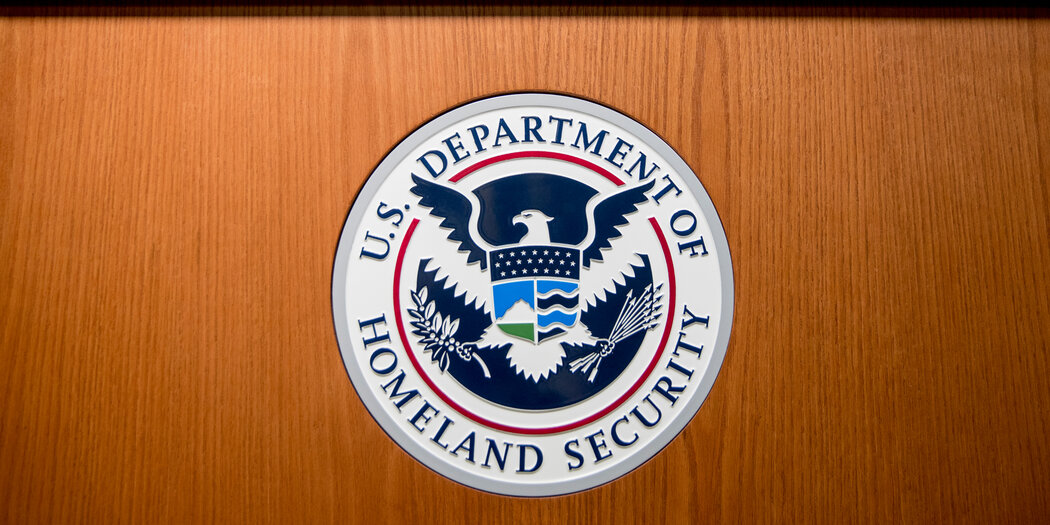This article first appeared in Just Security.
The main intelligence division of the Department of Homeland Security (DHS) has been known for its controversial practices, including politicized targeting and a permissive regulatory framework. Over the past two years, this division has attempted a transformation, branded as a “360 review,” which included reorganization and reassessment of priorities. The result was a 228-page policy manual, quietly released at the end of the Biden administration, which aims to reshape the DHS Office of Intelligence and Analysis (I&A). Despite the efforts, the changes are seen as lacking in effectively mitigating the risks of intelligence misuse.
The necessity for redefining I&A’s domestic intelligence activities is pressing, given the absence of comprehensive safeguards and oversight. Even conservative blueprints like Project 2025 advocate for the agency’s closure. While legislative reform seems unlikely in the current political climate, the potential for abuse remains high, especially with presidential ambitions to target dissenters.
I&A has been under scrutiny for actions such as targeting journalists and protestors during the 2020 racial justice protests and classifying vandalism of confederate monuments as a national threat. The agency monitors social media on issues like abortion and elections, disseminating intelligence to police nationwide, influencing law enforcement decisions.
As a former DHS intelligence attorney, I’ve observed these developments and proposed reforms since joining the Brennan Center for Justice. Congress has shown concern, but new legislation still leaves loopholes, allowing for the exploitation of what has been described as a “vague” mandate.
Post-evaluation, I&A has introduced documentation processes for intelligence activities, reinforcing a broad interpretation of its authority. Investigations have revealed that I&A’s reformers have continued to target environmental activists as domestic threats, using questionable intelligence for politicized legal actions. The revamped policy framework offers no substantial protection against such misuse.
Challenges in Implementing New Guidelines
The I&A’s latest policy manual mandates the documentation of intelligence operations. However, details remain undisclosed, weakening claims of transparency. Officers must justify intelligence dissemination with “reasonable belief statements,” though this standard remains lax, offering considerable discretion.
I&A’s 2017 guidelines allow targeting of constitutionally protected activities if believed to further missions like countering domestic terrorism. The agency’s new focus includes combating hate crimes, although its capability and trustworthiness in this area are questioned due to its history of targeting marginalized groups.
Concerns persist over the potential for pretextual targeting, with the new guidelines noting but inadequately addressing this risk. The vague allowance of targeting political views under certain threat-related conditions may still permit incidental collection of constitutionally protected activities.
Personnel and Oversight Concerns
I&A’s recent hires from the CIA, known for its controversial history, raise questions about understanding criticism directed at the agency. The appointment of a former director from a police agency criticized for bias and surveillance issues further complicates trust in I&A’s operations with local police.
An internal structural change in 2023 aimed at improving oversight has yielded little real impact. The new manual outlines oversight processes but keeps the division subordinate to the officer it oversees, which undermines accountability. The lack of a robust legal and policy framework diminishes oversight effectiveness.
I&A’s oversight jurisdiction is limited, excluding other DHS intelligence programs like those run by Customs and Border Protection, which remain largely unchecked. As immigration and border policies face controversy, the absence of adequate oversight could lead to further abuses.
Future Directions and Legislative Action
In addition to tasks like addressing hate crimes, I&A’s operations along the southwest border suggest involvement in broader immigration enforcement actions. This could lead to the misuse of intelligence capabilities against various groups, reminiscent of past incidents, such as those documented in oversight reviews.
While increased documentation might help mitigate past abuses, I&A’s ongoing reliance on discretionary standards and insufficient safeguards highlights the need for congressional intervention. Legislators should consider reassigning I&A’s less controversial functions to other agencies while curbing areas prone to abuse.
Recommendations from the Brennan Center suggest legislative action to establish a functional oversight program, alongside local measures to prevent federal overreach. Significant reform may only follow substantial instances of abuse, emphasizing the importance of documenting I&A’s actions for potential future legislative efforts.











